How to propagate a fiddle leaf fig: expert tips on achieving a successful cutting to grow free plants
If you're up for the challenge then propagating a fiddle leaf fig is a rewarding task that can double your houseplant collection
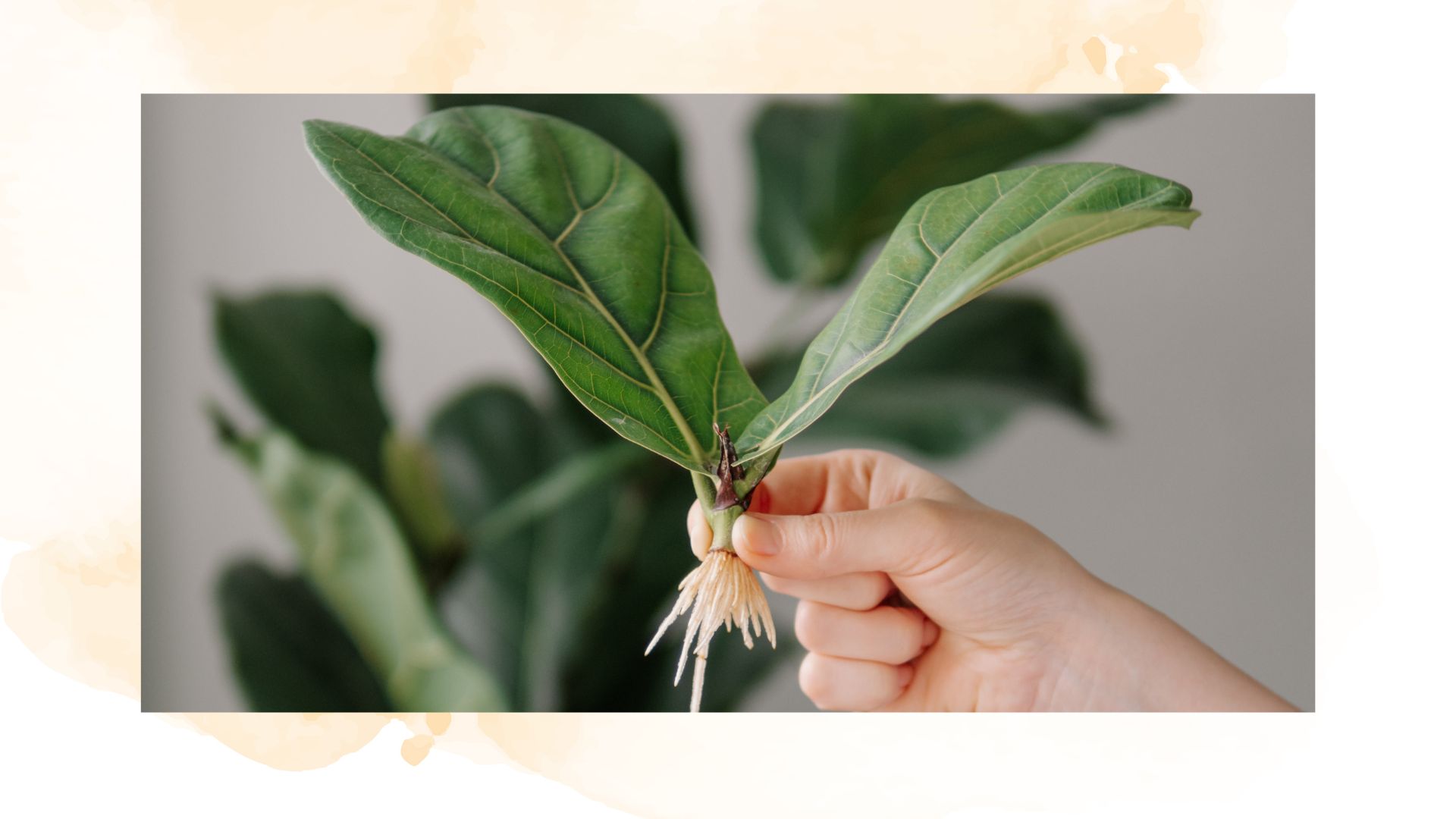

Knowing how to propagate a houseplant is surprisingly one of the easiest ways to create a thriving and affordable plant collection, even when taking cuttings from a challenging plant like the fiddle leaf fig.
Whether or not you know how to take a plant cutting, the process can always seem a little daunting when propagating one of the harder plants to keep alive. This is why it's always best to know the details of each step before you start the process, especially when caring for a fiddle leaf fig plant.
Although cuttings aren't specifically necessary when caring for a houseplant, they can help your plant thrive whilst providing several more plants free of charge. So how can you guarantee a successful propagation? Here's what the experts say.
How to propagate a fiddle leaf fig: an expert guide
Even if you're not trying to expand your collection of the best indoor plants, cuttings are great to give as a gift to a loved one. They're also beneficial to your original plants as they allow for more growth.
The most important thing is knowing how to do it correctly so you don't damage the plant you're taking the cutting from or the cutting itself.
1. Prepare your plant and tools
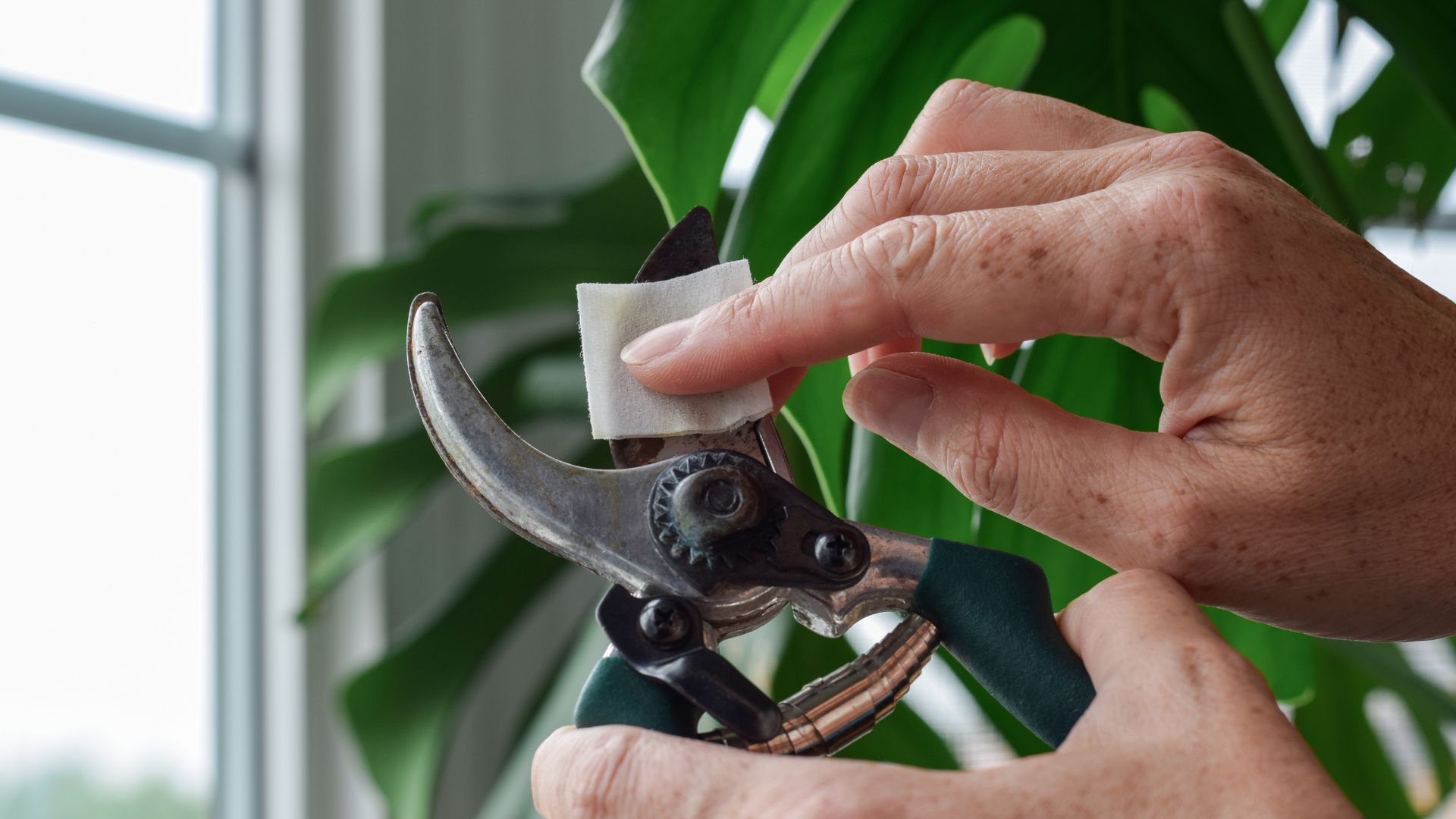
While you may have the essential tools every gardener needs, houseplants require a different type of care and that means a different set of tools. There's a lot to prepare with cuttings and the equipment is just one part.
Petar Ivanov, a gardening expert from Fantastic Gardeners, says, "The best way to propagate fiddle leaf figs is from cuttings in soil. If you choose this method, ensure the soil is porous, drains easily, and retains moisture well."
Sign up for the woman&home newsletter
Sign up to our free daily email for the latest royal and entertainment news, interesting opinion, expert advice on styling and beauty trends, and no-nonsense guides to the health and wellness questions you want answered.
He warns against using garden soil and recommends a ready-made propagation mix with perlite and vermiculite.
"Take a plastic container to mix your propagation soil, mix them thoroughly and scoop the soil into the container that will hold your cuttings. Make sure the container is deep and big enough, as fiddle leaf figs tend to be woodier and larger than other plants," he adds.
You'll also need a clean and sharp pair of pruners, clippers or scissors which Petar says will need to be sterilised with a cotton ball soaked in rubbing alcohol. This will reduce the risk of any disease transfer. Once this is done you're ready to cut.

Peter has been a gardening and plant expert at Fantastic Gardeners for over 8 years, he is now one of the company's top-performing experts and manages over 6 teams of gardeners. He works on creating stunning landscapes and prioritises sustainability in his gardening methods.
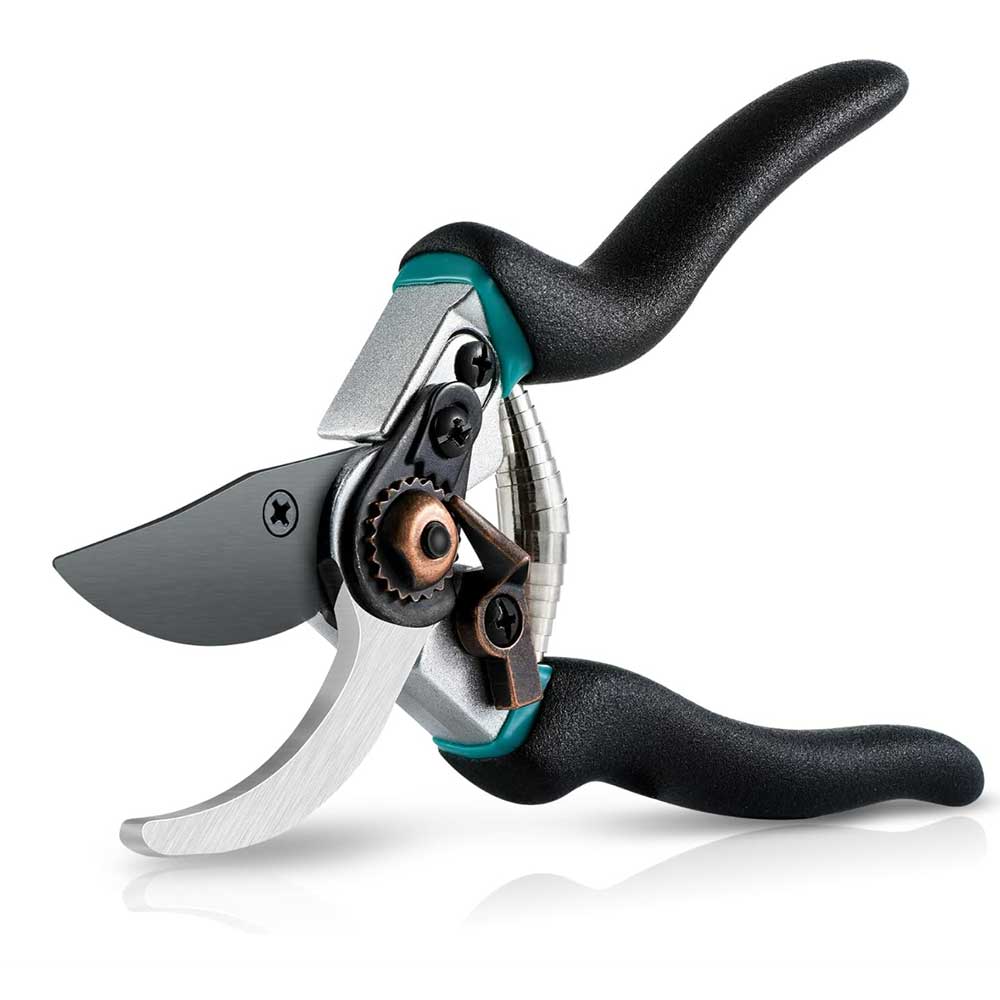
RRP: £10.89 | If you're planning on taking cuttings from a thicker plant like the fiddle leaf fig, you'll need a sharp pair of secateurs – and these feature high-strength carbon steel blades, making them ideal for the job.
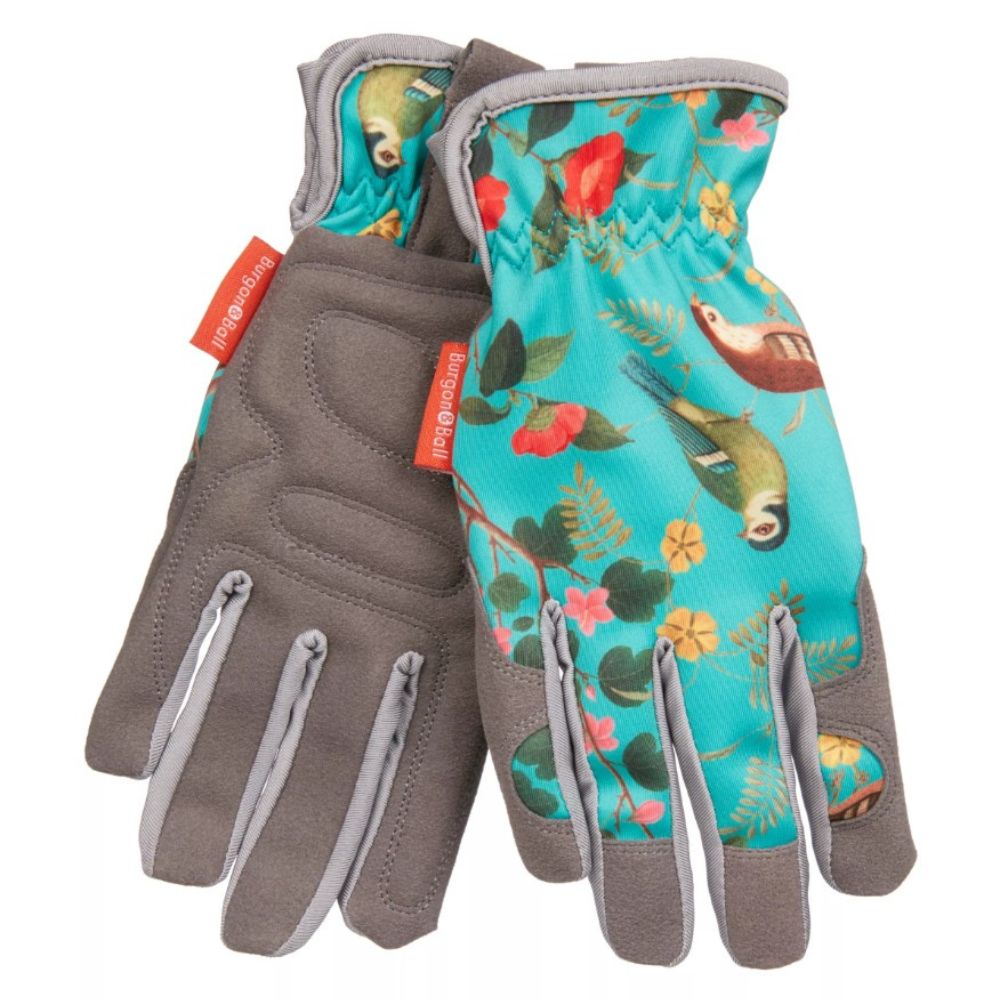
RRP: £17.49 | Wearing a pair of gloves won't just keep your hands clean but it'll also protect the cuttings you're taking from possible diseases. These have mesh between the fingers to regulate the temperature as well as ultra-soft fell palms that won't stiffen when they dry.
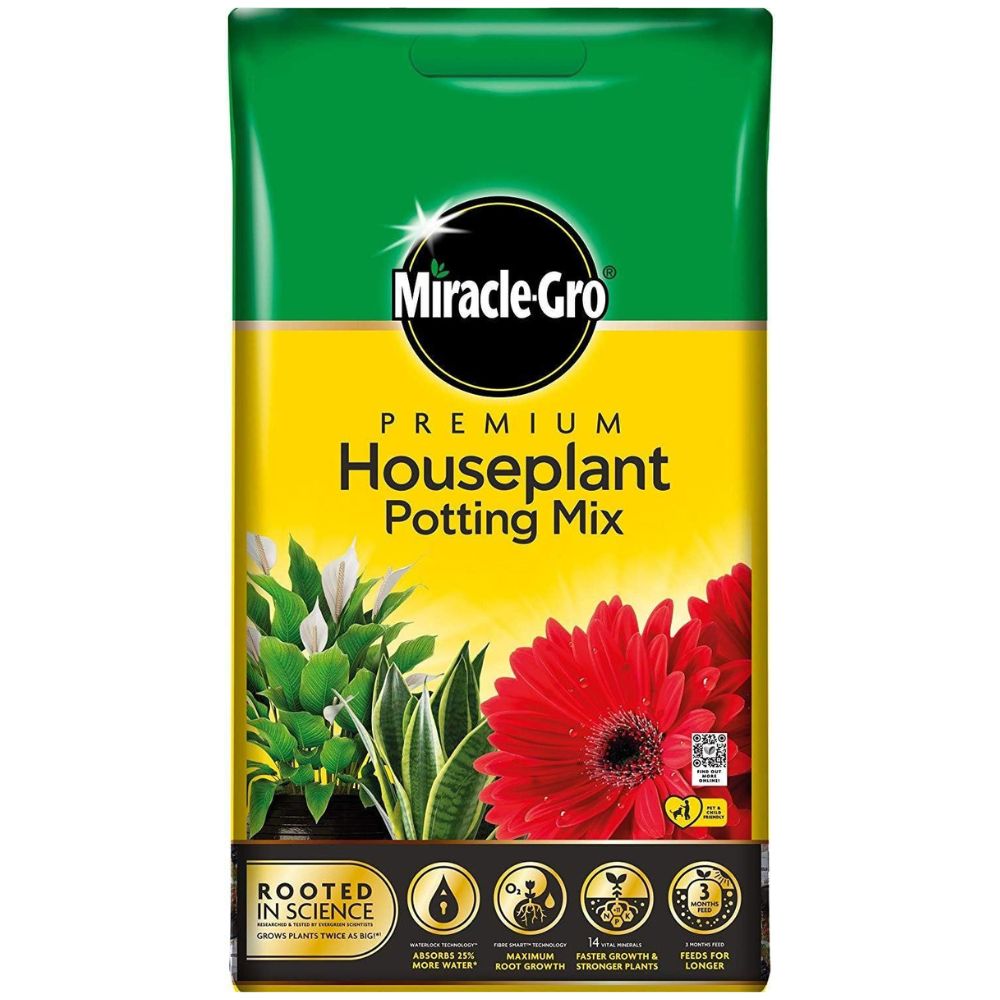
RRP: £7.73 | Whilst you might want to add more specific nutrients into the soil for your cuttings this is a great base mix. It's also ideal to have a bag of this for when it comes to repotting your plants and your cuttings into larger pots.
2. Cut off a few plant nodes
Depending on how well you've cared for your plant, and how well you've stuck to your houseplant watering routine, there should be multiple spots to cut from.
"A node is the point where a leaf or branch is located along a stem and this is where new buds will grow. If it’s possible, take three nodes from a growing point, cutting a little below the third node, which will prove three possible growing points and increase the chances of success," explains Petar.
To cut a node, he advises you to take the cutting at an angle as this will increase the chances of more root growth. It'll also mean you won't have to worry so much about bacterial or fungal diseases damaging your plant.
3. Prepare the cuttings
If you're choosing to propagate in water then you can skip this step, however, with the soil route it's necessary to prepare your cuttings with rooting hormone.
Petar says, "Dip the cutting into rooting hormone to stimulate root development and speed up the rooting process. This is especially beneficial for woody plants such as fiddle leaf figs because they are much harder to root compared to other houseplants."
This is also a good time to properly prep your soil too, Petar explains that you'll need to water the soil thoroughly to stabilise it. This will ensure your cutting is supported better and will stop the rooting hormone from being washed away.
4. Plant the cuttings
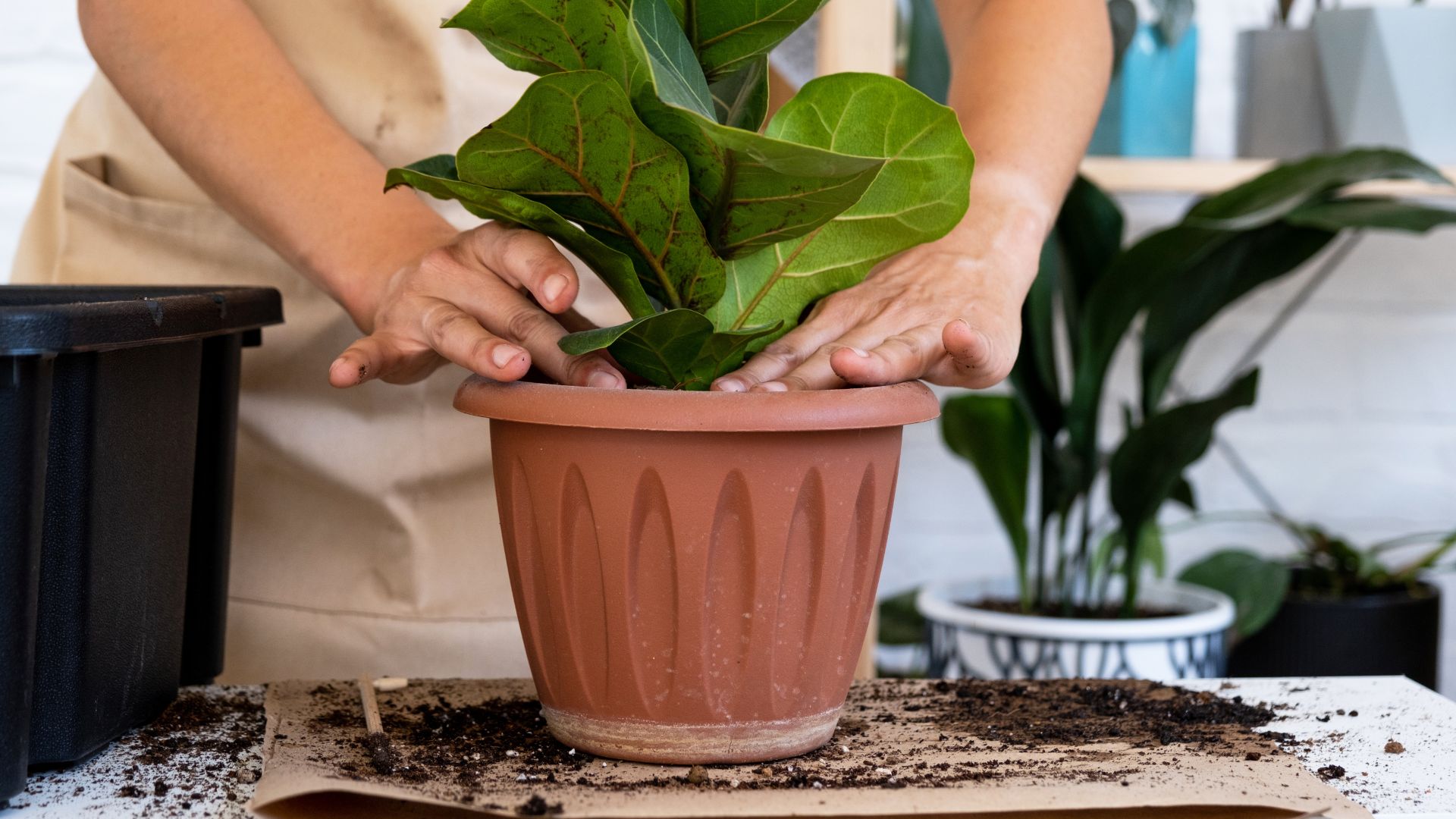
Unlike the usual repotting process, there's a little more to it when you're potting a cutting for the first time. A much more gentle hand is needed and there are a few more steps.
"After you water the potting mix, make a hole with a pencil or chopstick, which will help prevent tissue damage and remove the rooting hormone when you insert the cutting," Petar explains. "Also, before you insert the cutting in the potting mix, remove the bottom leaves by cutting them."
Leaving the leaves on and allowing them to sit in the soil will likely lead them to rot and this will make the entire cutting rot too.
"Place the cutting around 1/3 of the depth of the container you’re using and tuck in the soil around the cutting to stabilise it," he finishes.
5. Transfer the cutting after growth
With the cutting in soil process, there are a few steps both immediately after you've planted the cutting and as it grows roots. Knowing when to repot a plant can come in handy here, although the signs are a bit different to fully grown species.
Jane Dobbs, lead gardener at Allan's Gardeners says, "Firstly, cover the pot with a plastic bag to retain moisture and place it in a warm, bright area, away from direct sunlight."
She adds, "When the roots are well-developed and the plant shows signs of growth, transplant it into a larger pot with potting soil."

Gardening is Jane's passion, having built and maintained stunning outdoor spaces for over a decade. Taking care of all the garden projects at Allans' Gardeners is her responsibility as lead gardener. A wide range of horticultural practices come into play in Jane's work, from landscape design to plant and lawn care.
FAQs
Can you grow a fiddle leaf fig from a cutting?
Whilst they aren't the easiest houseplants to keep alive, you can successfully grow fiddle leaf figs from cuttings.
"As mentioned above select a healthy stem from a mature plant. Remove any leaves from the lower part of the cutting, leaving only one or two at the top," explains Jane.
"Put the cutting in a glass of clean water, ensuring the nodes are submerged, but the leaves remain above water. Same as above, as the plant shows new growth transfer it to a larger pot with fresh soil," she adds.
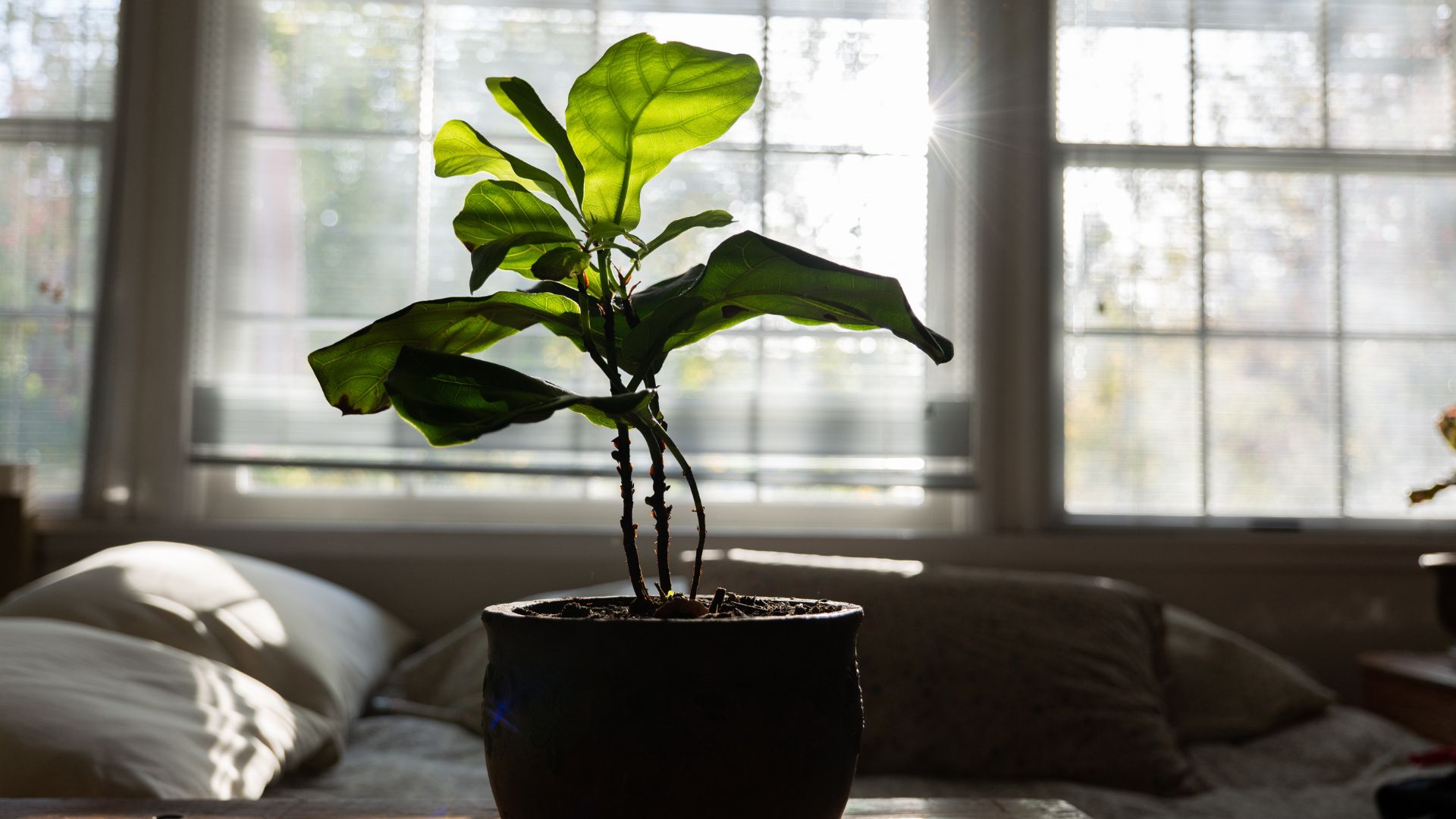
How long does it take to propagate a fiddle leaf fig in water?
When it comes to the fastest-growing houseplants, cuttings are certainly not going to make the list no matter what species they are. So if you're hoping for a quick turnaround with your fiddle leaf fig cutting you may be disappointed.
Jane says, "Typically, roots begin to form after two to four weeks of propagating a fiddle leaf fig in water. Depending on the cutting and the environment, the exact time can vary."
She recommends a lot of patience and that you'll need to keep the water fresh should the roots take longer than four weeks to grow. Jane adds, "As long as it has not dried out or rotted, a healthy cutting will eventually root."
From houseplants that help with condensation to plants that are sleeping aids perfect for your bedroom, there are endless benefits to having a whole collection of leafy friends. This is why knowing how to take cuttings is so useful, you can multiply your plants without having to spend a penny!

Emily joined woman&home as a staff writer after finishing her MA in Magazine Journalism from City University in 2023. After writing various health and news content, she now specialises in lifestyle, covering unique cleaning hacks, gardening how-tos, and everything to help your houseplants thrive.
-
 Dr Amir Khan reveals the 5 symptoms you should 'never' ignore, no matter how 'vague' they are
Dr Amir Khan reveals the 5 symptoms you should 'never' ignore, no matter how 'vague' they areDr Amir Khan, a GP who often appears on ITV's Lorraine, took to Instagram this week to share the symptoms he'll always take a second look at
By Grace Walsh
-
 Head to Hobbs for holiday-ready linen and the most elegant summer dresses you’ll find on the high street
Head to Hobbs for holiday-ready linen and the most elegant summer dresses you’ll find on the high streetWondering where to shop for a chic summer wardrobe? Hobbs has you covered
By Caroline Parr
-
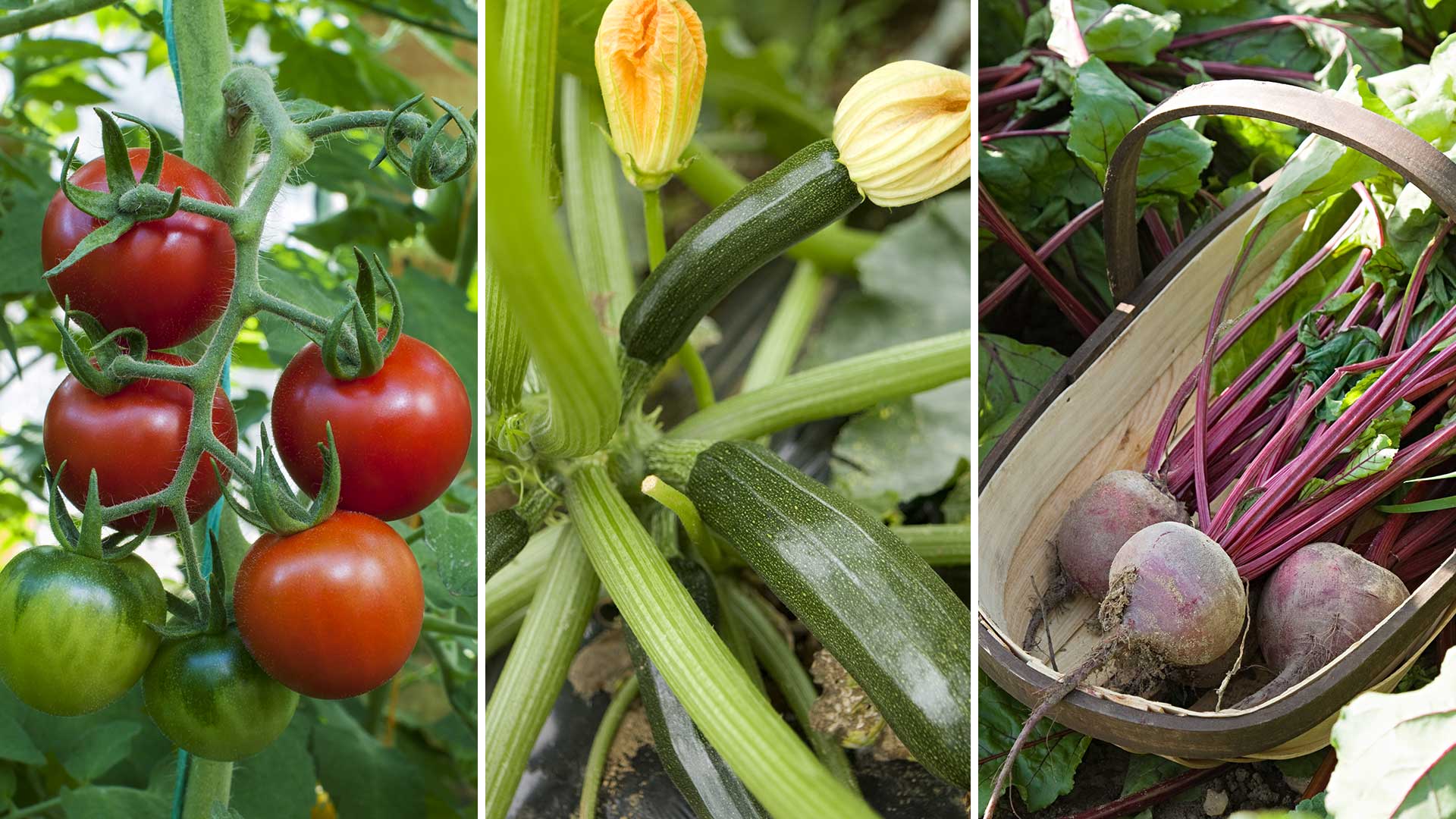 Vegetables to plant in April: 8 crops to start now for a delicious harvest later in the year
Vegetables to plant in April: 8 crops to start now for a delicious harvest later in the yearDiscover which vegetables to plant in April, and top tips for growing success
By Holly Crossley
-
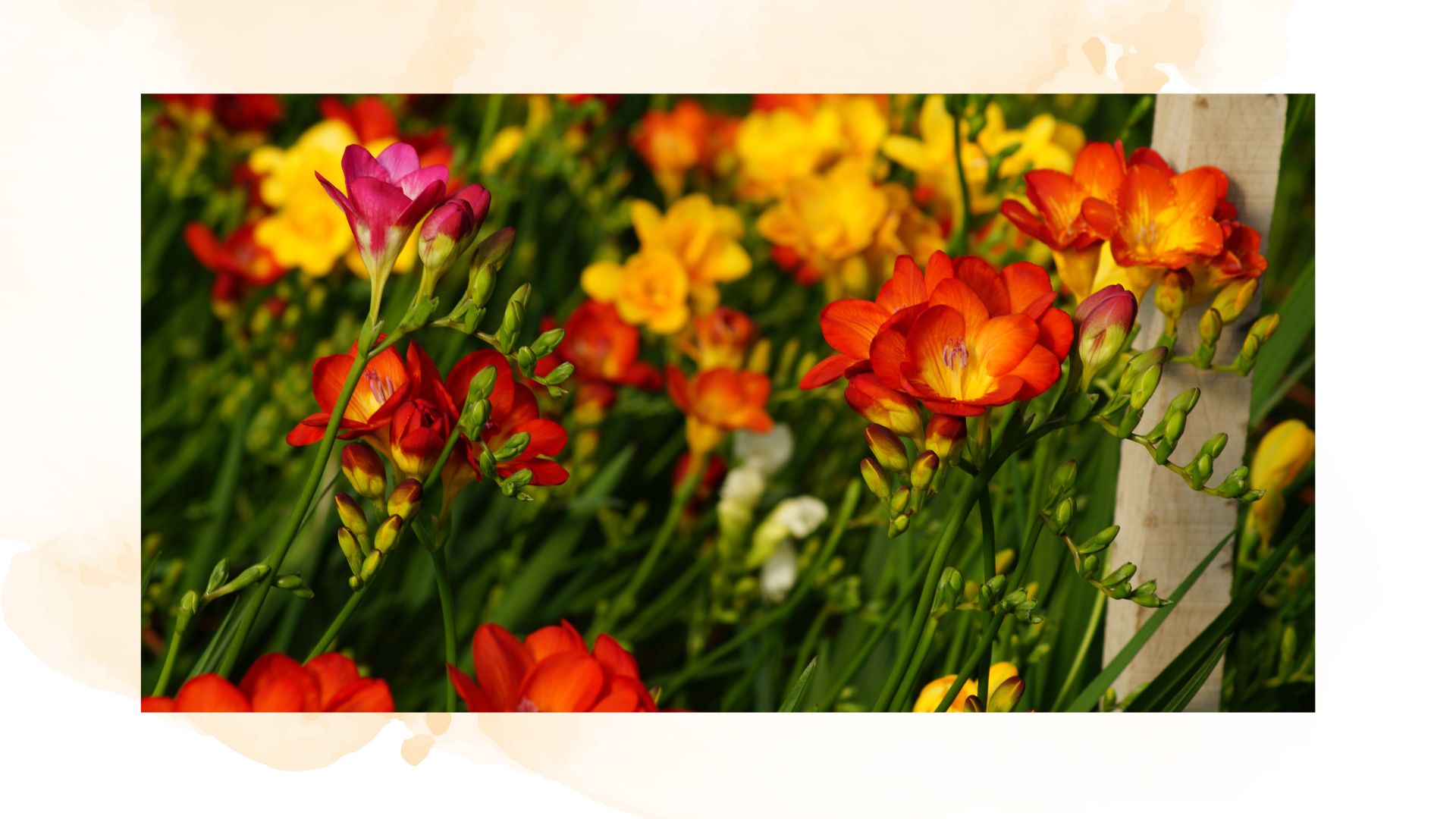 How to plant freesia bulbs: easy steps for colourful summer blooms
How to plant freesia bulbs: easy steps for colourful summer bloomsIf you're looking to add some vivid colour and life to your garden, freesias are the perfect choice
By Emily Smith
-
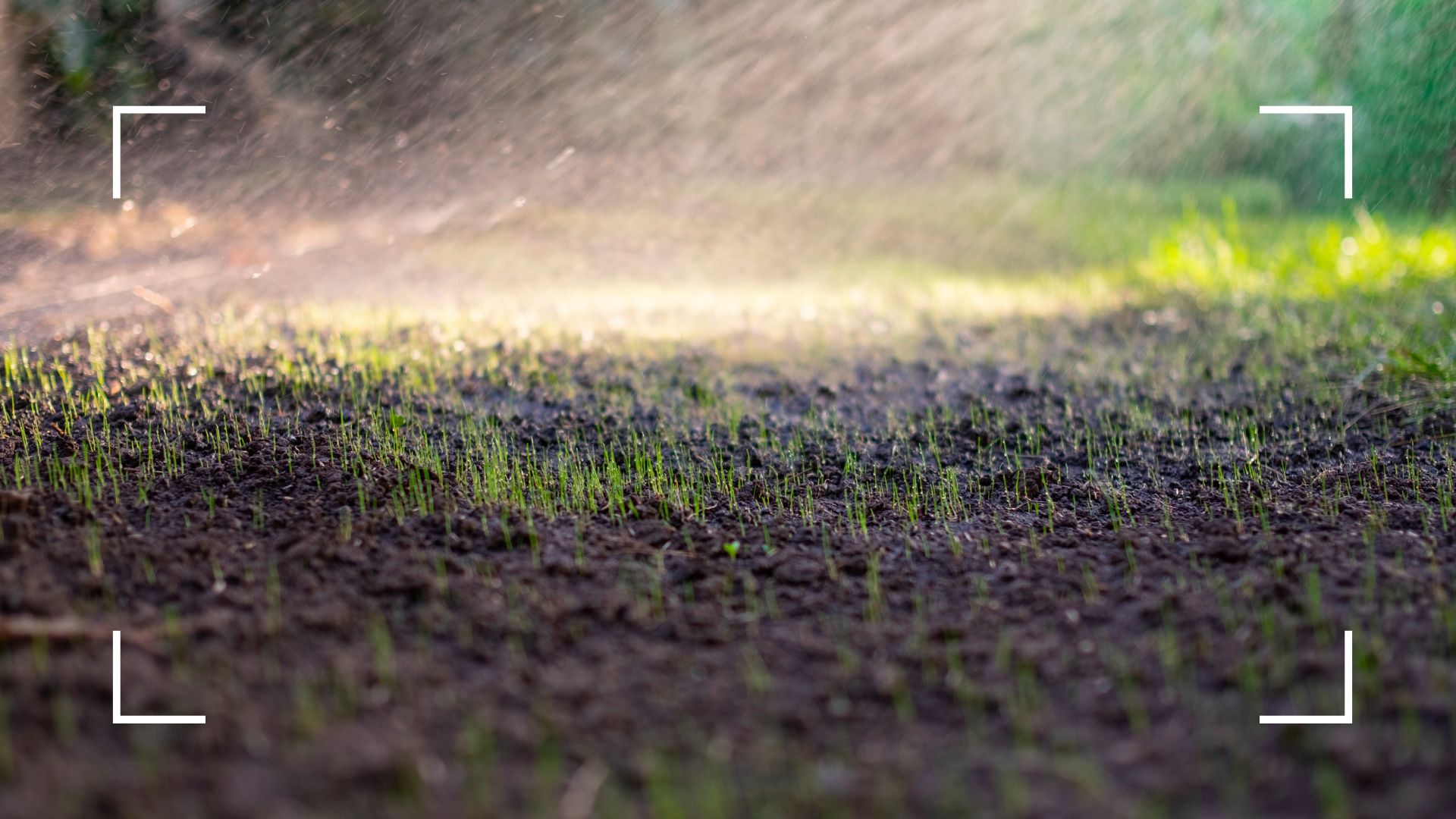 Gardening experts reveal how often you should water grass seed for a luscious lawn this summer
Gardening experts reveal how often you should water grass seed for a luscious lawn this summerWant your lawn to be looking its best by the time summer rolls around? You'll need to make sure you're watering it the perfect amount
By Emily Smith
-
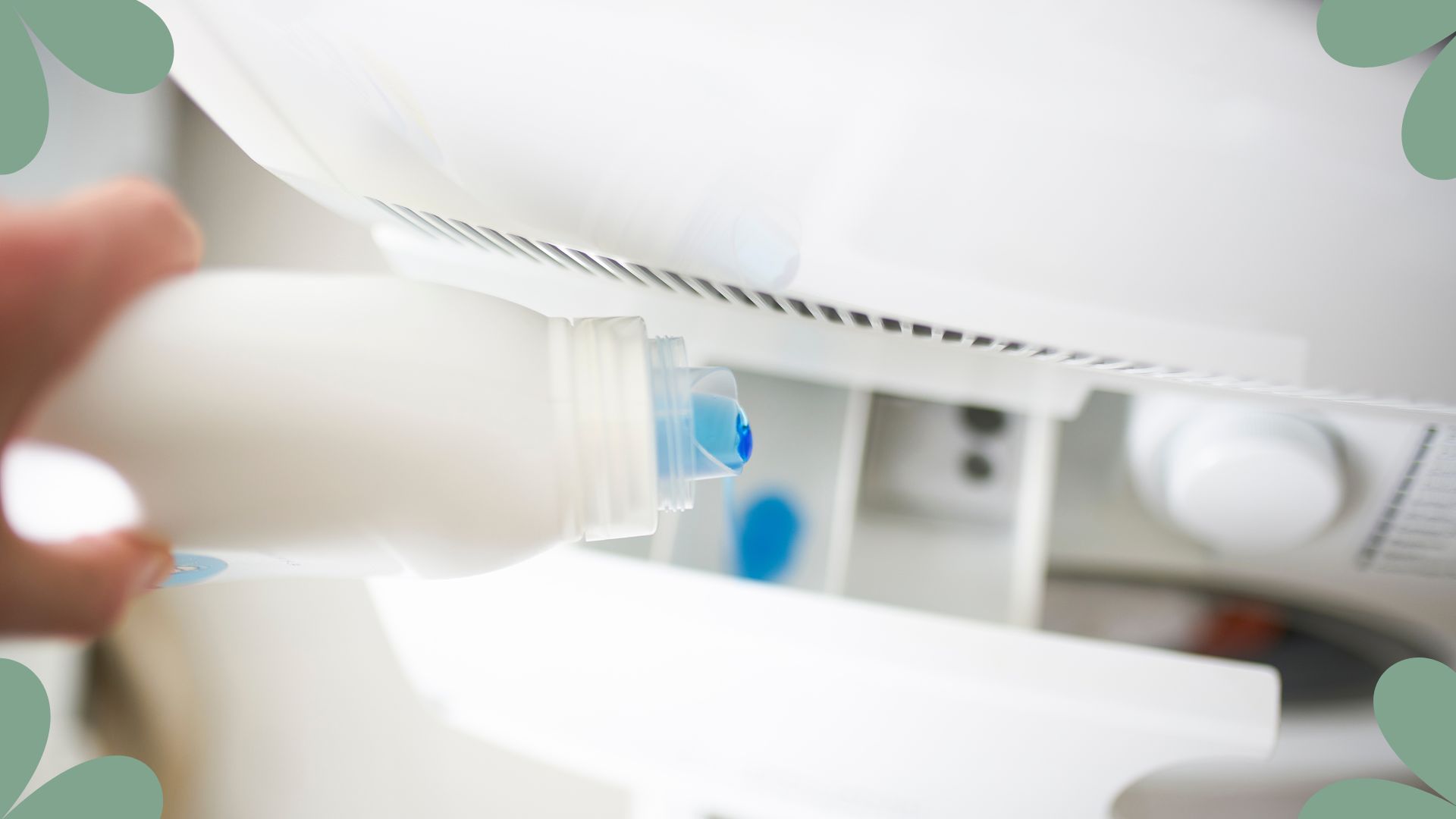 Lynsey Crombie reveals the surprising laundry mistake leaving your clothes smelling 'stale and nasty'
Lynsey Crombie reveals the surprising laundry mistake leaving your clothes smelling 'stale and nasty'Do your clothes smell unpleasant even after you've washed them? It could be your fabric conditioner
By Emily Smith
-
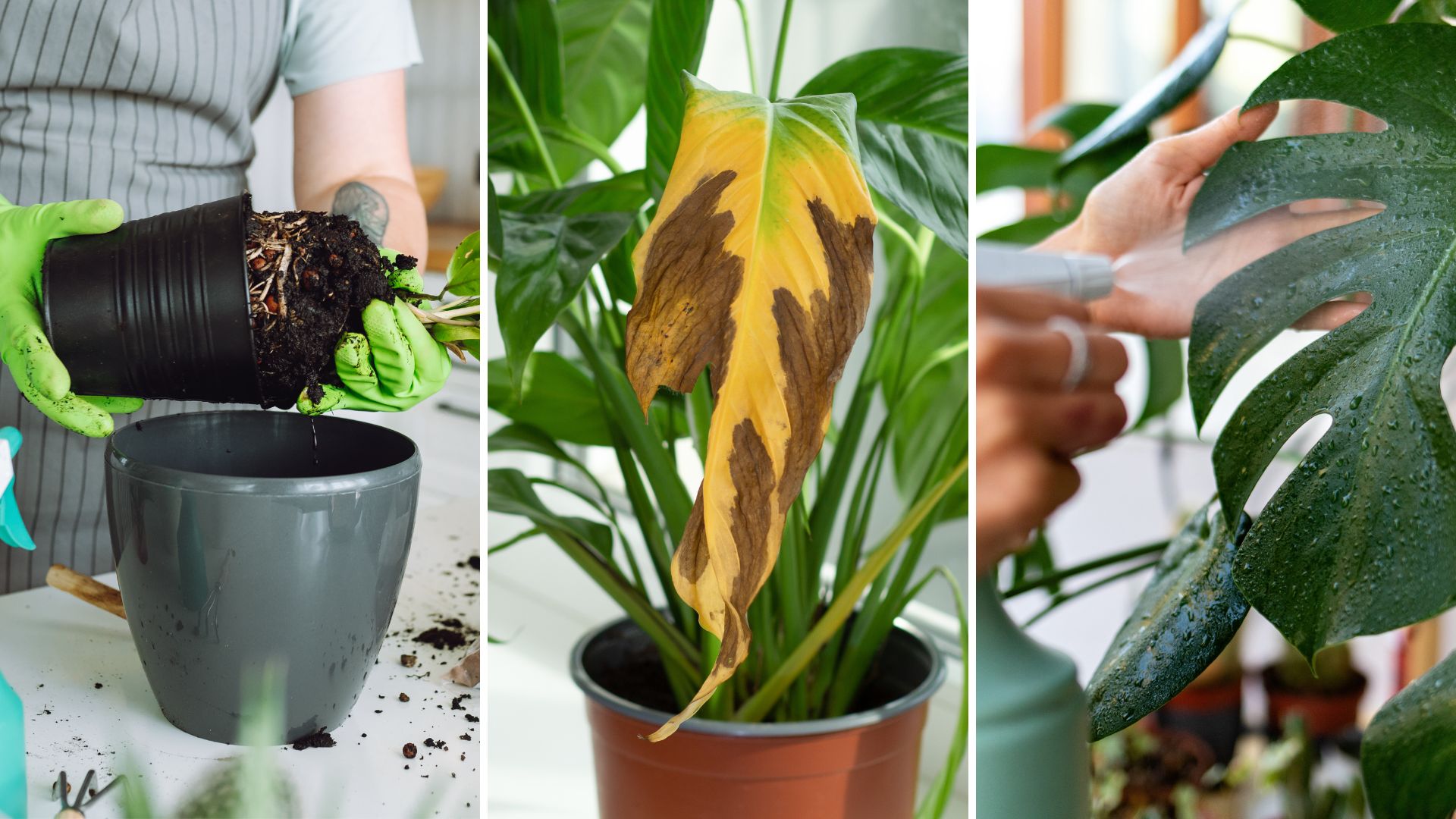 6 common houseplant myths to ignore, warn horticulture experts
6 common houseplant myths to ignore, warn horticulture expertsThese common misconceptions about caring for indoor plants might surprise you – they feel perfectly logical
By Emily Smith
-
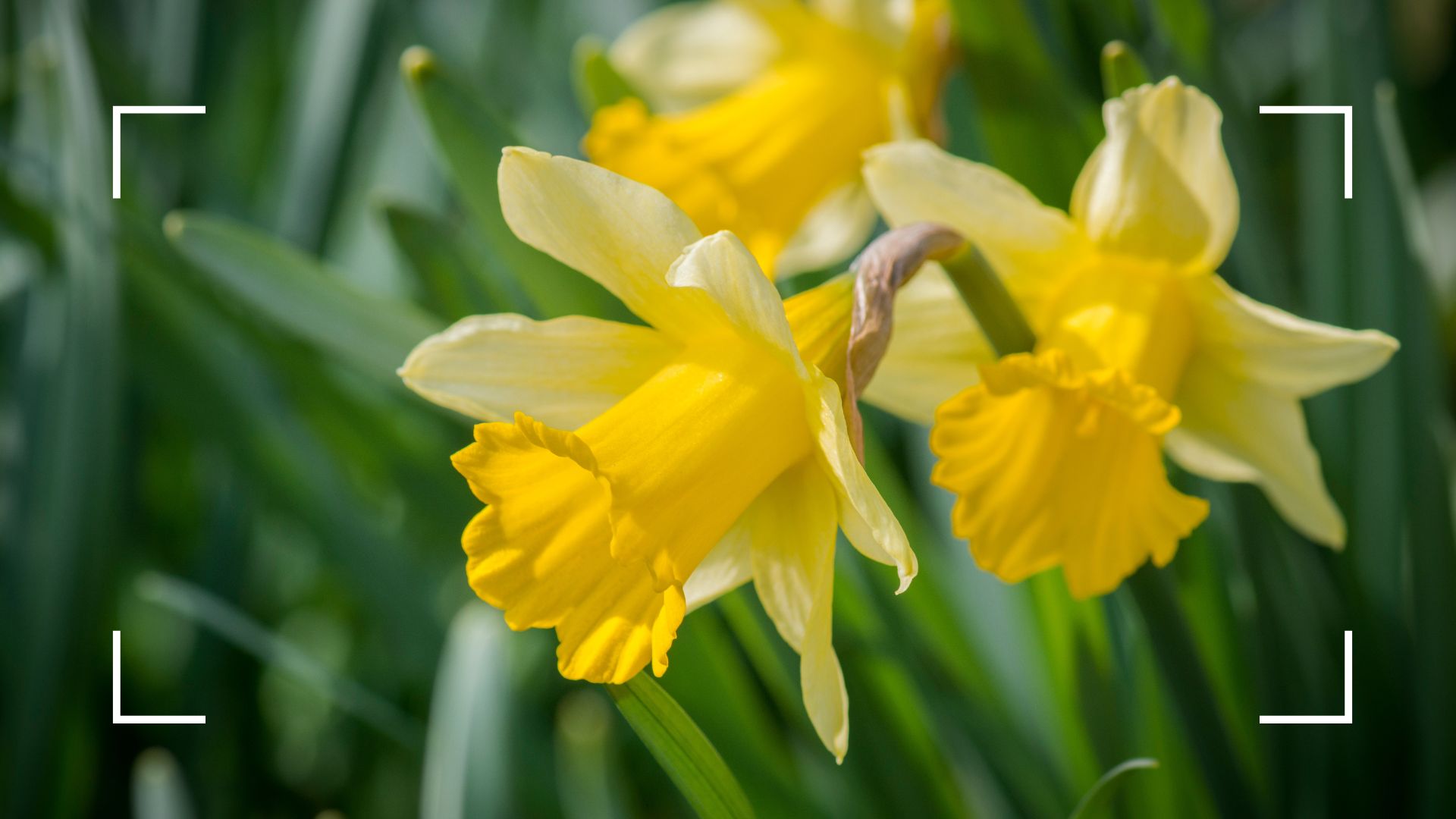 Should you deadhead daffodils? Gardening experts share their advice for longer-lasting blooms
Should you deadhead daffodils? Gardening experts share their advice for longer-lasting bloomsThese butter-yellow flowers are one of the first signs of spring, but should you deadhead or leave them be?
By Emily Smith
-
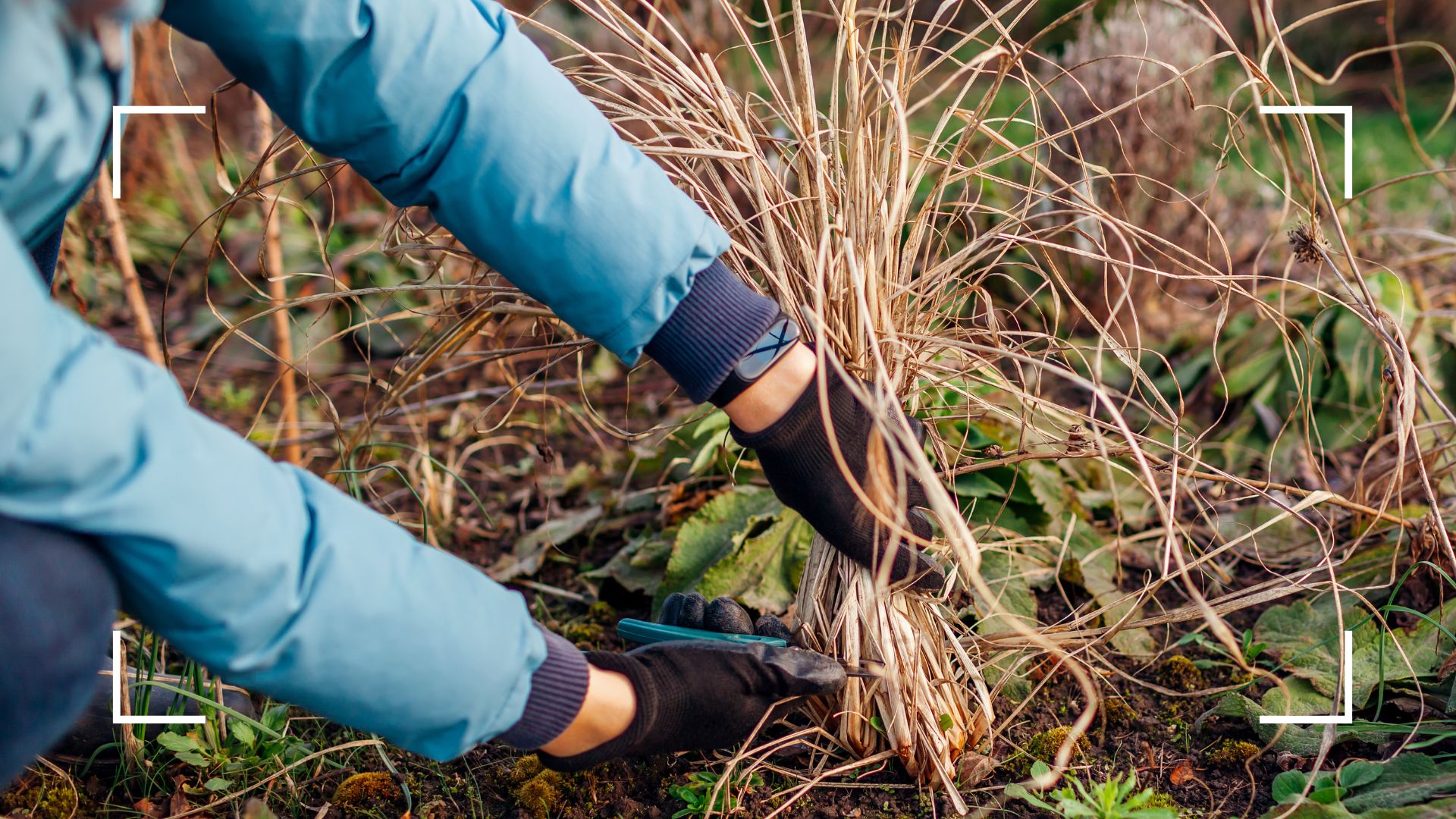 It's time to cut back ornamental grasses, and the expert team at Sarah Raven are here to help
It's time to cut back ornamental grasses, and the expert team at Sarah Raven are here to helpWith spring well and truly here, the team share their top tips to get ornamental grasses ready for new growth
By Emily Smith
-
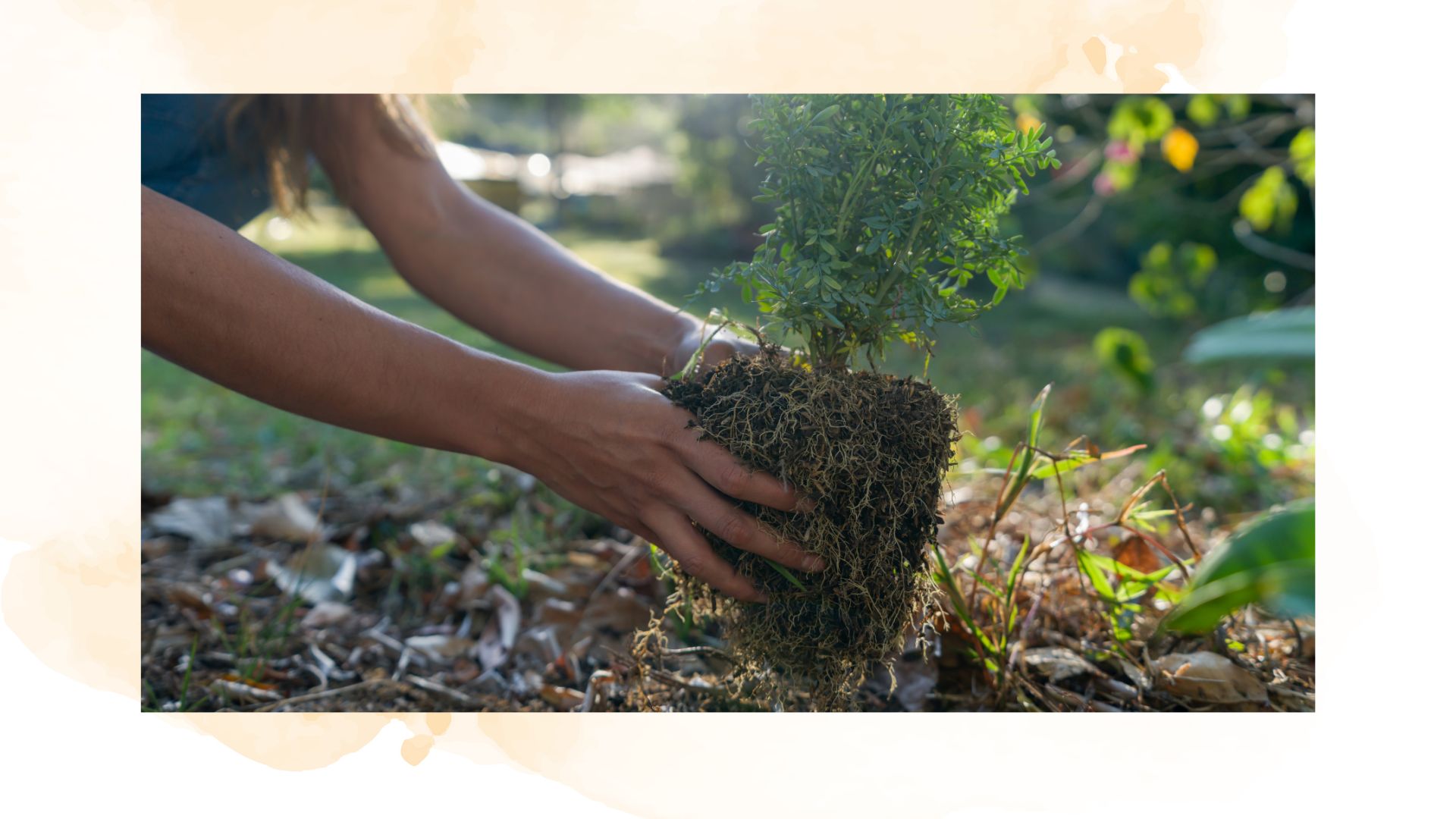 Monty Don's 'genius' planting trick gives outdoor plants the best chance of thriving
Monty Don's 'genius' planting trick gives outdoor plants the best chance of thrivingThis mess-free trick will make planting seamless - and give your plant a great headstart
By Emily Smith